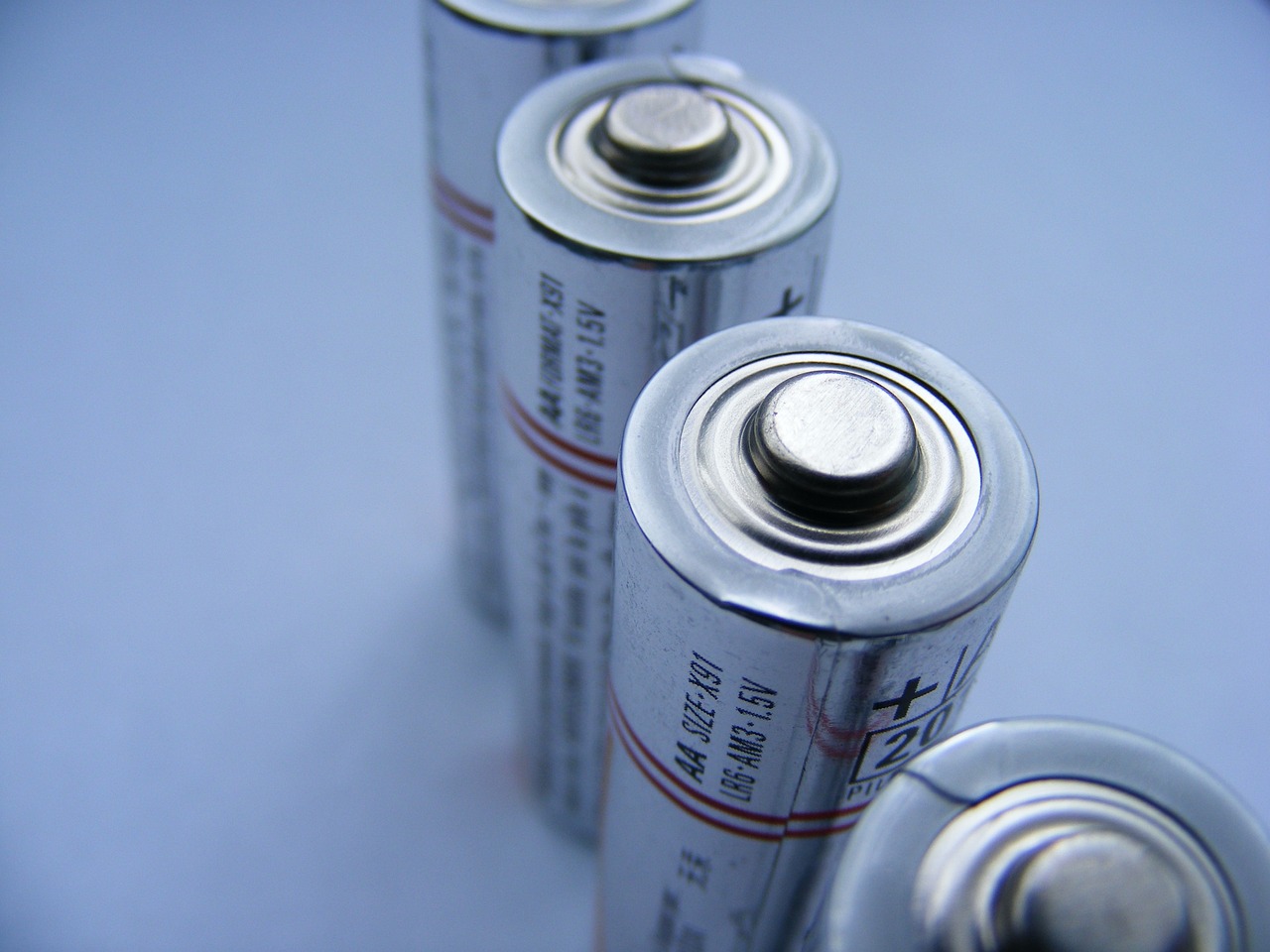This post is also available in:
 עברית (Hebrew)
עברית (Hebrew)
A new infrared sensor developed by Chinese researchers could reshape future surveillance and missile defense systems, offering speeds and accuracy far beyond current capabilities. According to a report in the South China Morning Post, the technology—modeled after the fire beetle’s natural heat-detection ability—demonstrates major potential for real-time imaging and target tracking in low-visibility environments.
The sensor, developed by scientists at the Shanghai Institute of Technical Physics and Tongji University, uses a combination of palladium diselenide (PdSe₂) and pentacene to replicate the beetle’s ability to detect forest fires from vast distances. The device is sensitive to mid-infrared radiation and capable of recording fine heat signatures with exceptional clarity.
In simulations involving temperatures as high as 927°C, the device accurately traced flame movement and retained heat patterns with 95% accuracy. This performance suggests applications in wildfire detection, industrial monitoring, and military surveillance—particularly in environments affected by smoke, dust, or poor lighting.
A parallel project using black phosphorus and indium selenide (BP/InSe) produced a companion sensor chip with memory speeds of just 0.5 microseconds. Unlike conventional systems that capture blurred signals, this chip could retain and analyze 17 detailed infrared data points, opening the door to real-time threat identification and onboard image recognition.
According to reports, the speed and precision of these devices could eventually be integrated into defense systems, including autonomous drones, radar units, or satellite-based surveillance arrays.
While no formal defense deployment has been announced, the technology aligns with China’s ongoing development of its missile defense capabilities.
If adopted at scale, the fire beetle-inspired infrared sensor technology could signal a broader shift toward biologically inspired hardware in surveillance and defense systems. By combining ultra-fast detection with onboard memory and processing, these devices eliminate traditional bottlenecks between sensors and computing units. As global powers race to modernize missile defense and autonomous platforms, such advances point to a future where high-speed, low-visibility tracking becomes both more precise and more accessible—whether in civilian safety applications or contested military environments.


























